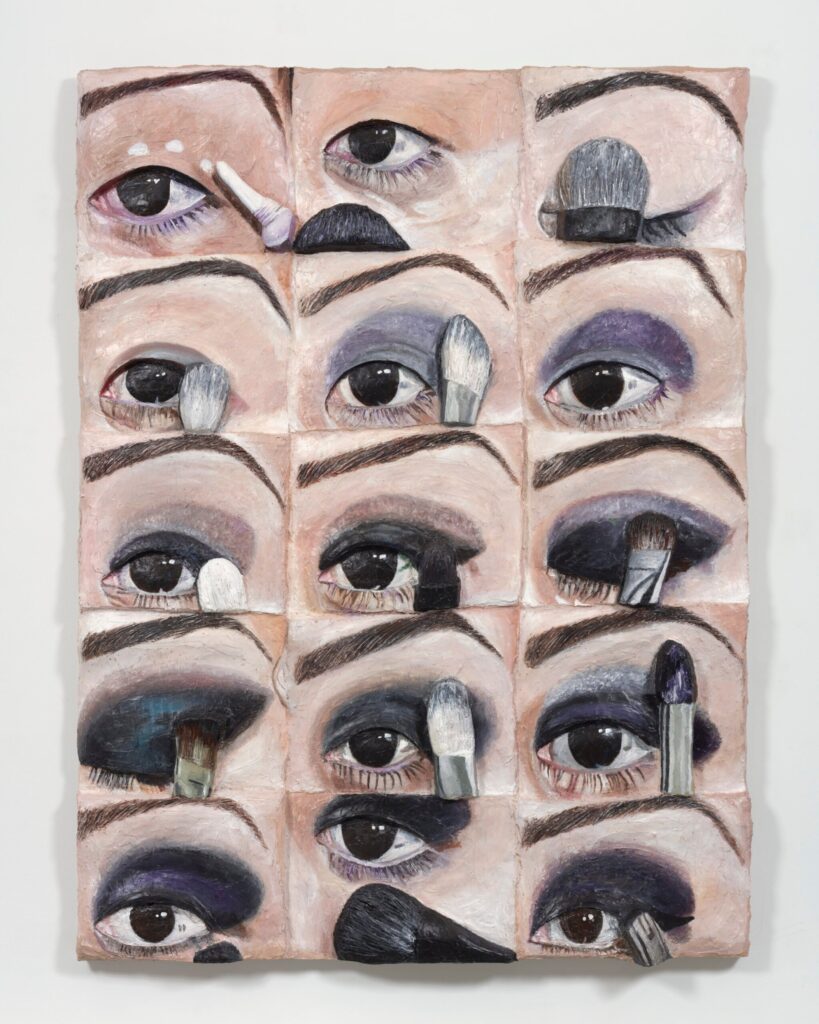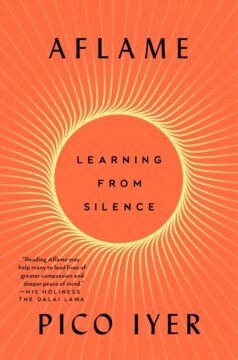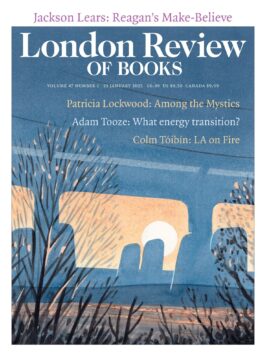Jonathan Clarke at The Hedgehog Review:
 Thomas Lynch may be the only major poet-undertaker writing in English, which must count as a surprise. The two professions seem so perfectly aligned—or rather, so hopelessly entwined. Death poetry is almost its own genre in English, filling up the anthologies: Emily Dickinson’s “Because I could not stop for Death”; Robert Frost’s “Fire and Ice”; and most famously, Dylan Thomas’s “Do Not Go Gentle Into That Good Night.” Even as our poets ponder birth, beauty, and desire, we expect them to keep the end in view. A major poet who did not wrestle with death would be like a horse who only makes right turns.
Thomas Lynch may be the only major poet-undertaker writing in English, which must count as a surprise. The two professions seem so perfectly aligned—or rather, so hopelessly entwined. Death poetry is almost its own genre in English, filling up the anthologies: Emily Dickinson’s “Because I could not stop for Death”; Robert Frost’s “Fire and Ice”; and most famously, Dylan Thomas’s “Do Not Go Gentle Into That Good Night.” Even as our poets ponder birth, beauty, and desire, we expect them to keep the end in view. A major poet who did not wrestle with death would be like a horse who only makes right turns.
As a poet, Lynch prefers the received forms, especially the sonnet. As an undertaker, he is working within received forms, too. In the 2007 PBS Frontline special, “The Undertaking,” set inside his family’s funeral home, he proceeds as judiciously as his late friend, Seamus Heaney, composing a villanelle. We observe Lynch’s meeting with a young couple whose toddler son is terminally ill. They can’t decide whether they want him buried or cremated. “You’ll want to look to your son to guide you,” Lynch tells them. “When the time comes, you’ll know what to do. I promise you. You’ll know what to do.” Lynch seems to be a man to whom others instinctively turn in a crisis. There aren’t many better qualifications for an undertaker—or for that matter, a poet.
More here.
Enjoying the content on 3QD? Help keep us going by donating now.

 In the words of Danny Hillis, the man who conceived the clock in 1989, long before Bezos became involved: “You have to get away from the idea of direct progress and surrender that kind of control in order to find your way.”
In the words of Danny Hillis, the man who conceived the clock in 1989, long before Bezos became involved: “You have to get away from the idea of direct progress and surrender that kind of control in order to find your way.” Among the many consequential decisions judges have to make, they weigh in on parole requests: determining whether an individual will regain freedom or remain confined to a prison cell. Several factors normally play a role in these rulings, such as the risk of recidivism, the severity of the crime and the inmate’s behaviour. However, when a group of researchers
Among the many consequential decisions judges have to make, they weigh in on parole requests: determining whether an individual will regain freedom or remain confined to a prison cell. Several factors normally play a role in these rulings, such as the risk of recidivism, the severity of the crime and the inmate’s behaviour. However, when a group of researchers  D
D From 1840, Peabody’s became the meeting place for a motley group of women, aged between 13 and 60, who came together simply to talk. These “conversations” were the brainchild of Margaret Fuller, a free-spirited critic and editor widely considered the best-read woman in New England, who believed, writes the author (a very distant relation), that “the individual came into radiant being” through interaction. These women were hungry for knowledge; excluded from formal education, they had pursued their own courses — plying ministers with questions, devising reading programs, initiating correspondences — and the conversations provided them with much-desired structure, motivation and solidarity.
From 1840, Peabody’s became the meeting place for a motley group of women, aged between 13 and 60, who came together simply to talk. These “conversations” were the brainchild of Margaret Fuller, a free-spirited critic and editor widely considered the best-read woman in New England, who believed, writes the author (a very distant relation), that “the individual came into radiant being” through interaction. These women were hungry for knowledge; excluded from formal education, they had pursued their own courses — plying ministers with questions, devising reading programs, initiating correspondences — and the conversations provided them with much-desired structure, motivation and solidarity. The private jet took off from the Caribbean island of Antigua in April carrying three highly combustible tanks of compressed oxygen and a terminally ill cancer patient.
The private jet took off from the Caribbean island of Antigua in April carrying three highly combustible tanks of compressed oxygen and a terminally ill cancer patient.
 Southern California families who have lost everything the in recent
Southern California families who have lost everything the in recent  If language models really are learning language, researchers may need new theories to explain how they do it. But if the models are doing something more superficial, then perhaps machine learning has no insights to offer linguistics.
If language models really are learning language, researchers may need new theories to explain how they do it. But if the models are doing something more superficial, then perhaps machine learning has no insights to offer linguistics. I
I T
T The dream of a universal AI interpreter just got a bit closer. This week, tech giant Meta
The dream of a universal AI interpreter just got a bit closer. This week, tech giant Meta  “THE MONTE DE PIEDAD [a pawnshop] is run like a bank, big, efficient, and clean,” Mavis Gallant
“THE MONTE DE PIEDAD [a pawnshop] is run like a bank, big, efficient, and clean,” Mavis Gallant  Forty years ago, most white Americans had no idea that, hard on the heels of the American and French revolutions, an enslaved population on a Caribbean island had claimed its freedom by force of arms and founded a new Black nation called Haiti. Today, Haitian revolutionary studies is an overcrowded field. Researchers have combed through acres of hard-to-find and often drastically disorganized archives, not only in Haiti and France but also in other European and Caribbean countries, and made their contents a lot more orderly and accessible than they used to be. Still, reconstructing the profile of even a fairly well-known individual from the revolutionary period can be something like deducing a whole dinosaur from a couple of toenails and teeth—a problem that confronts Marlene Daut in the writing of her exhaustive and sometime exhausting biography of Henry Christophe, the onetime king of Haiti.
Forty years ago, most white Americans had no idea that, hard on the heels of the American and French revolutions, an enslaved population on a Caribbean island had claimed its freedom by force of arms and founded a new Black nation called Haiti. Today, Haitian revolutionary studies is an overcrowded field. Researchers have combed through acres of hard-to-find and often drastically disorganized archives, not only in Haiti and France but also in other European and Caribbean countries, and made their contents a lot more orderly and accessible than they used to be. Still, reconstructing the profile of even a fairly well-known individual from the revolutionary period can be something like deducing a whole dinosaur from a couple of toenails and teeth—a problem that confronts Marlene Daut in the writing of her exhaustive and sometime exhausting biography of Henry Christophe, the onetime king of Haiti.